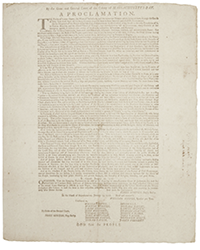Several recent articles in major publications caught my attention and I think they are interesting, if contradictory indicators for the antiquarian book business.
The first is a long article in the New Yorker End of the English Major which ran last year. It stressed that at the college level humanities in general and English in particular are rapidly shrinking fields of study. The emphasis in higher education has shifted to STEM (Science-Technology-Engineering-Math) majors. These fields have fast growing enrollments and are viewed as preparation for high paying jobs. Within this trend the individual course with the greatest enrollment growth is Statistics.
At the same time, almost all of the data on print based US media seems to indicate that print media is steadily declining or at best holding steady. That includes books, magazines and newspapers and related print advertising. If you want to get into the real nitty gritty look no further than staista.com which will be only too happy to sign you up at $199 a month for all the data you could ever use. In the meantime there are some free parts of their site which are informative.
While print (now sometimes referred to as “legacy” media) is shrinking, a variety of sources point to the growing popularity of audio books, the expanding presence of social media and its “influencer” model, as well as the tendency, especially among the young, to communicate via YouTube and TikTok. For content, video is their media of choice by a wide margin.
Those examples seem to be bad news for the antiquarian book trade because they indicate the forces that in the past produced readers, writers, patrons, and collectors now seem to be moving away from a "life of the mind" and sinking to the lowest common denominator, identified as “click bait,” i.e. pursuing the widest popular audience at the lowest possible per unit cost, by an unrelenting focus on collecting, aggregating and monetizing data.
On the other hand, before we do too much hand wringing over the death of print, and by extension declining income and opportunities for people who specialize in print sales, there are multiple recent reports seeming to indicate an unexpected flip side. Specifically we have a new younger richer generation taking an interest in the field. Though they might not be the customers we’ve had in the past, and though what they are reading, buying, or accumulating may not be the merchandise of years gone by, there is a definite injection of new blood on both the buy and sell sides.
On Jan 3, 2024 the Wall Street Journal headlined Rare Books are a Hot Collectible, The teaser read, “You probably won't get rich quick. But if you love books – or the thrill finding a bargain – collecting rare tomes could be both fun and lucrative.” The story goes on to say that auction sales for rare books totaled more than $1 billion in 2022, and last year an early Hebrew Bible fetched a record breaking $38.1 million at Sotheby’s, “becoming the most valuable manuscript ever sold.” That hardly sounds like the last gasp of a dying form.
Or somewhat earlier a New York Times article urged: “Meet the New Old Book Collector - A growing cohort of young enthusiasts is helping to shape the future of an antique trade." This story profiled an assortment of younger buyers and sellers and their increasing interest and visibility in the antiquarian field.
This RBH reporter attended the ABAA fair in San Francisco in February where it was apparent that not only were there a great many newer younger dealers, but also there were a significant number of newer younger shoppers making the rounds.
So for the antiquarian trade it seemed like kind of an Alice in Wonderland effect where it’s growing and shrinking at the same time. But whatever direction it’s going, this is definitely not the antiquarian book world my parents inhabited.
For one thing there is less emphasis on books per se and more interest in the overall field of paper, prints, maps, photos, ephemera, and especially unique materials like scrapbooks, manuscripts, archives, and the like.
For another, all that emphasis on STEM degrees means that there are quite a few young people making big bucks early in their careers, a far cry from the perennially penniless English grad students of my generation.
On the data side, even if your own business is not data driven, there’s lots of relevant data around and it’s easily accessible.
Take a look at Amazon: a summary from wordsrated.com published in Jan. 2023 found that “Amazon generates around $28 billion worldwide from book sales every year. The company is responsible for over 50% of sales from the Big Five publishers and controls between 50% and 80% of the book distribution in the United States. That report also covers a host of other Amazon information including Kindle, self publishing, imprints and royalties.
Those numbers look big until you look at another offering from the same site dated June 2023 focused on Global book sales and trends. It estimates global book publishing revenue “at $129 billion, jumping from $122 billion in 2018…The global book publishing market is expected to grow to $163.89 billion by 2030.
“In terms of format, print books still dominate the market with 77% of the share but are expected to stagnate, while (it predicts) audiobooks will grow by 27% over the next 5 years.
“As of 2022, over 788 million copies of print books were sold in the US in one year. While this figure presents a drop from a record-breaking 2021, print book sales are still well over pre-pandemic levels.
Online book sales
“Since 2017, the majority of book sales in the United States have occurred online. While this distribution channel has been growing consistently, the pandemic accelerated this growth and made online book sales a dominant book-purchasing channel:
-
Over $18 billion of annual book sales in the US are made online as of 2020.
-
During 2020, the first pandemic year, online book sales were 24% higher compared to 2019
-
Over the last 9 years, the revenue from online book sales has doubled, with an average annual growth of over 8%.
-
As of 2020, online book sales account for over 71.2% of all book sales in the United States, including both trade and educational segments.
-
2017 was the first year online book sales outperformed physical sales, and this distribution channel has remained dominant in the market ever since.
And speaking of data and the uses of data, here’s something I have not seen before - a 2023 blog doing financial modeling for the antiquarian book trade and offering a business plan template for just $99 (reduced from $169) which they claim could help assess “income potential” in this specialized field.
What else is new? Trending topics April 2024 has BookTok listed as #16 in the top searched terms with an 8,200% increase in search rate. And what exactly is BookTok? Apparently a niche use of TikTok that is currently boosting the sales of selected new books by selected mainly female authors to a selected but large group of mainly young female readers.
A capsule explanation of BookToK from an undated but recent post on socialpilot.com explains that “BooKTok is the short form of ‘Book TikTok.’ It refers to a community of readers and authors passionate about literature and books, which typically interacts with the use of the hashtag.
"The readers on BookTok recommend, review, and discuss books by making engaging videos about them. And this community has had a great impact on other publishing and literary communities. Presently, most BookTok creators are either women or teens who post videos on different genres of books such as romance, young adult fantasy, young adult fiction, etc. Socialpilot.com claims that “to date, BookTok has garnered more than 112 billion views on TikTok.”
Even though this example is far afield from the antiquarian trade, it shows what is generating substantial interest and moving sales in youthful readers. Mostly new, mostly fiction, mostly women and mostly with a generous overlay of explicit sexuality. And even though it's been around for a while, it's recently become more high profile and more controversial, hence more clicks.
Here’s a recent article titled BookTok is Actually Good from LitHub.com Feb. 2023 which I found an interesting story about BookTok, a site I never knew existed (but my 14 year old neighbor knew all about it including the pros and cons).
Once you get to BookToK you are only a click away from BookTube and then on to BookGram, all subcommunities of popular online platforms used by the younger reader presented in the “influencer” model.
Whether that model, or those channels could be useful or applicable to the antiquarian scene is as yet unknown, but it’s definitely moving merchandise in new books for younger audiences. And if you read some of the other statistics and marketing trends the preferred and most effective mode of engagement is definitely video, though content heavy blogs also get substantial notice.
As for your RBH reporter, by the time you read this I will be turning 81, and I will have lived on Maui since 1976, and selling books from here since 1979.
In the last 45 years practically everything I sold was shipped to the Mainland. From 1979 to about 2000 it was all by catalog, printed list, fax, or phone. After 2000 I was an eBay 'power seller' for more than 20 years before I finally became totally disenchanted and cut the cord with them.
Now I am increasingly cultivating the local buyer, if only because for the first time I have a halfway decent list of local clients and also the astronomical increase in the cost of shipping is killing me.
I am not on any bases, though I do use several listservs. The things that I post on my FB page have a pretty good sell-through rate. The best thing I’ve learned in the past five years is how to create a shareable link using cloud based Google Docs (also introduced to me by a teenager). And while Google Docs isn’t elegant, it is a free fast way to create lists with photos that can be easily modified and rapidly reach prospective customers.
Over the course of many decades whichever way I do it the bottom line seems to be adequate and ever so occasionally profitable. I’m selling smaller things for higher prices than in years past, and I take more on consignment than ever before. My dad’s old technique of encouraging the customer to make a pile and making a price for the pile still seems to work as well in 2024 as it did back in the 1970s. I am a small dealer and I consider individual sales over $1,000 to be worthwhile. Somehow I don’t think I’ll be needing any financial modeling, (even at the reduced price of $99).
To end on a genuine antiquarian note here's a story from the high end of our profession. A well known West coast dealer retired some years ago and moved to Hawaii. He became interested in the field of Hawaiiana and in just a few years of energetic buying created a truly exceptional personal collection. But he was getting older and wanted to downsize, so he decided to put his superb Hawaiiana collection on the market. But rather than selling it himself, he placed it with a very well known London firm.
He shipped it all off to the UK and not very long after an affluent prospective customer who had recently purchased trophy real estate in Hawaii unexpectedly walked in and bought it all. It was reportedly a six figure transaction.
The London dealer was then instructed to ship the buyer's new acquisition to an address less than a mile away from where they first left the shelves of the seller. Aside from a round trip of about 14,500 miles for the books it was considered a good deal by all parties.
Reach RBH writer Susan Halas at wailukusue@gmail.com


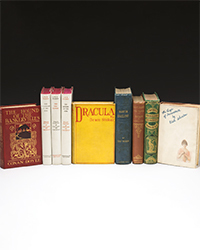
![<b>Heritage, Dec. 15:</b> John Donne. <i>Poems, By J. D. With Elegies on the Author's Death.</i> London: M[iles]. F[lesher]. for John Marriot, 1633. <b>Heritage, Dec. 15:</b> John Donne. <i>Poems, By J. D. With Elegies on the Author's Death.</i> London: M[iles]. F[lesher]. for John Marriot, 1633.](https://ae-files.s3.amazonaws.com/AdvertisementPhotos/8caddaea-4c1f-47a7-9455-62f53af36e3f.jpg)
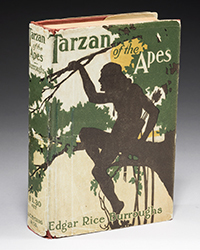

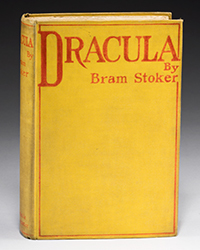
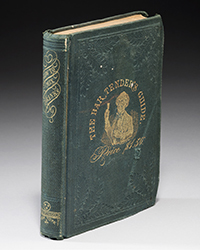




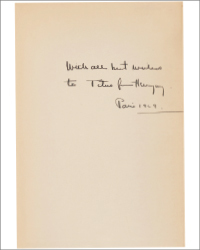

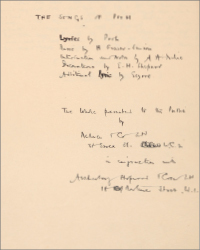

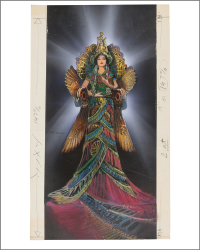

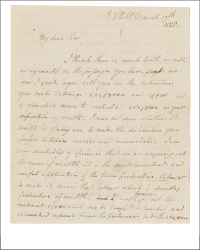

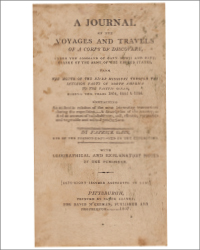


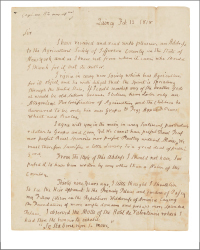

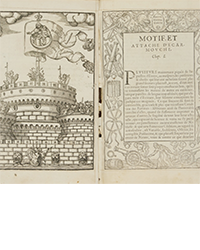

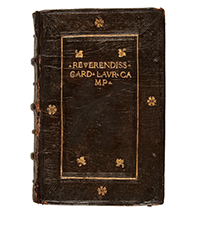

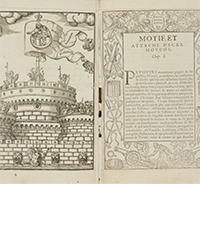

![<b>Sotheby’s, Dec. 16:</b> [Austen, Jane]. A handsome first edition of <i>Sense and Sensibility,</i> the author's first novel. $60,000 to $80,000. <b>Sotheby’s, Dec. 16:</b> [Austen, Jane]. A handsome first edition of <i>Sense and Sensibility,</i> the author's first novel. $60,000 to $80,000.](https://ae-files.s3.amazonaws.com/AdvertisementPhotos/9a74d9ff-42dd-46a1-8bb2-b636c4cec796.png)
